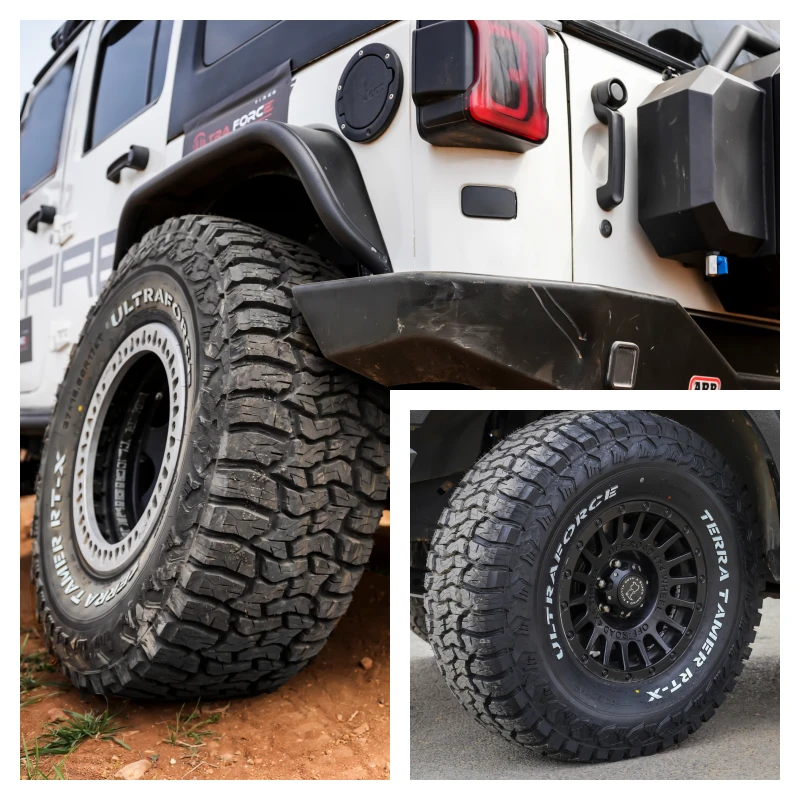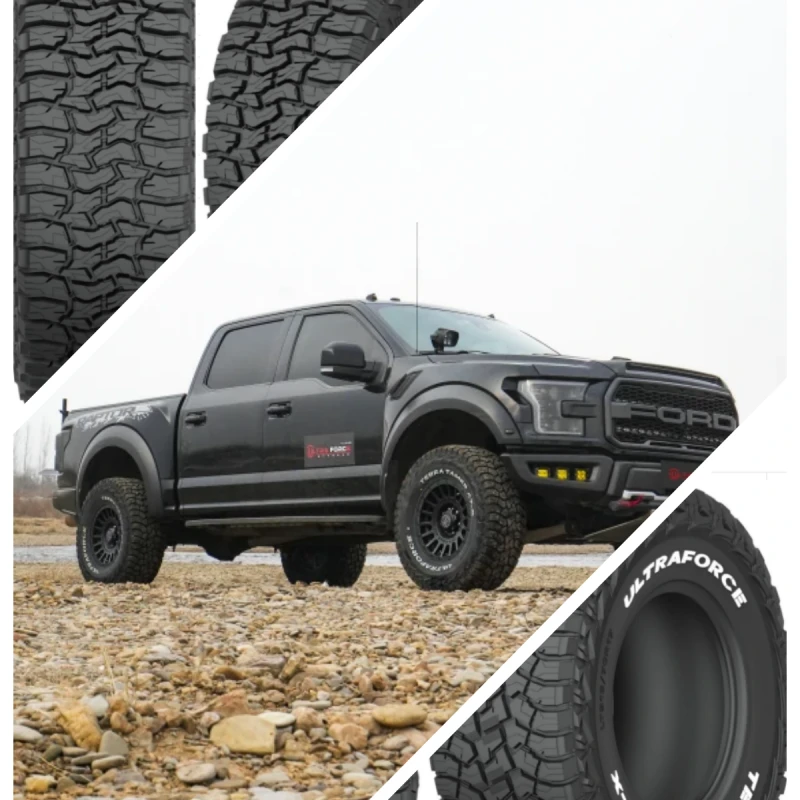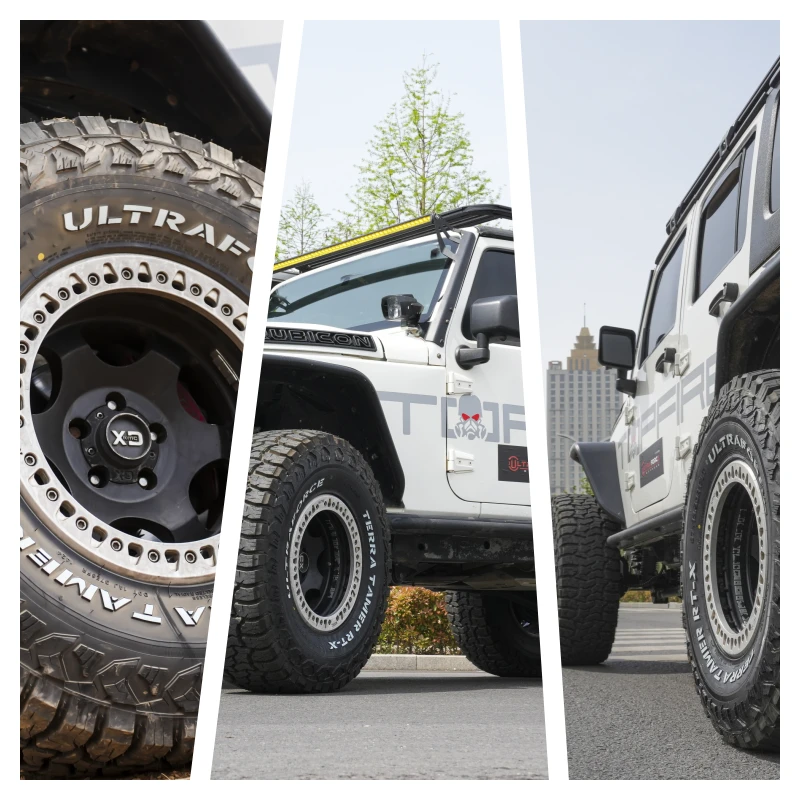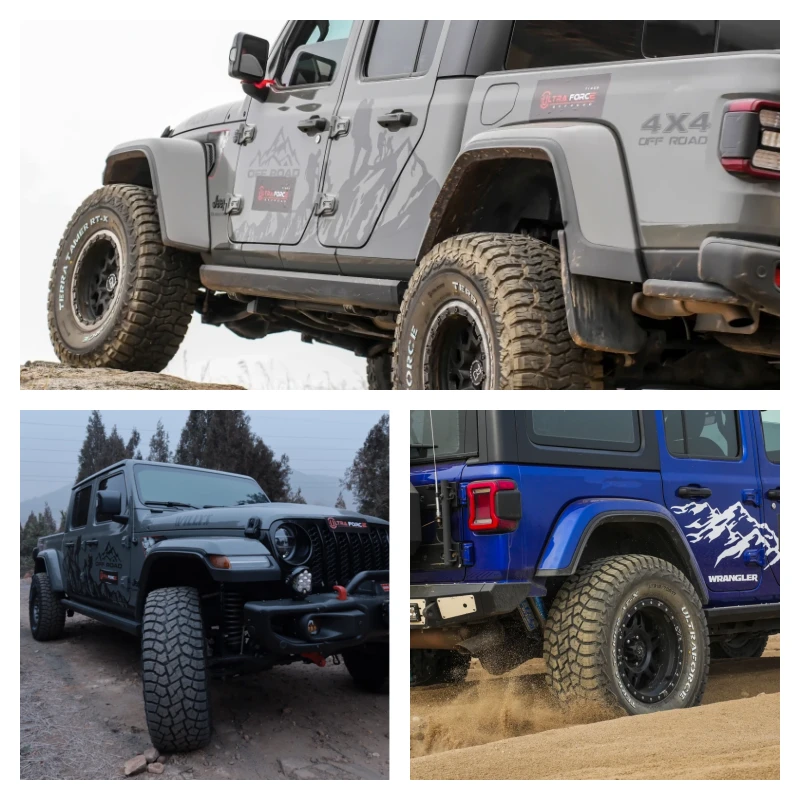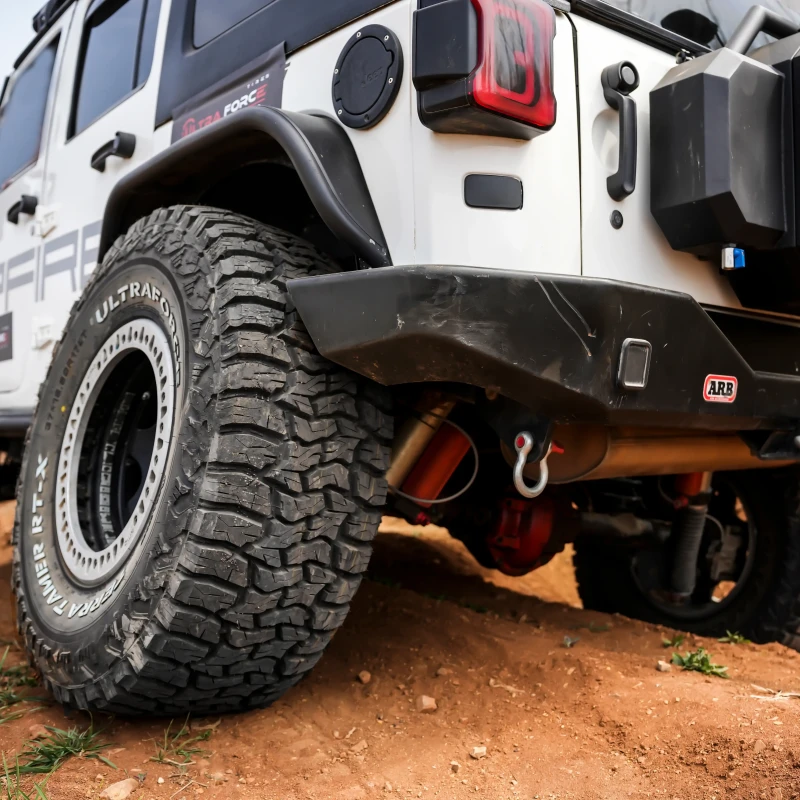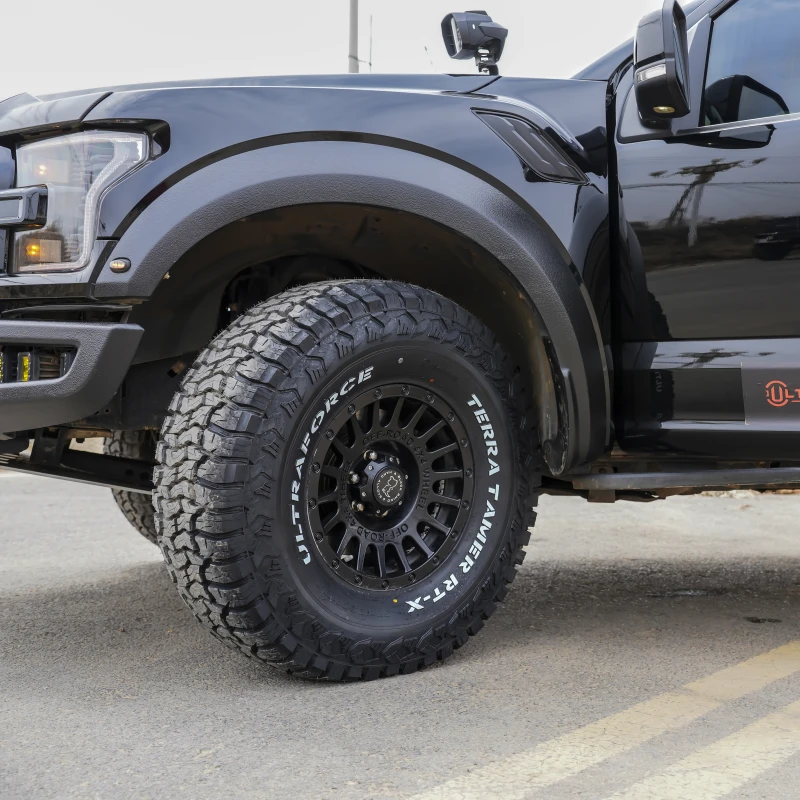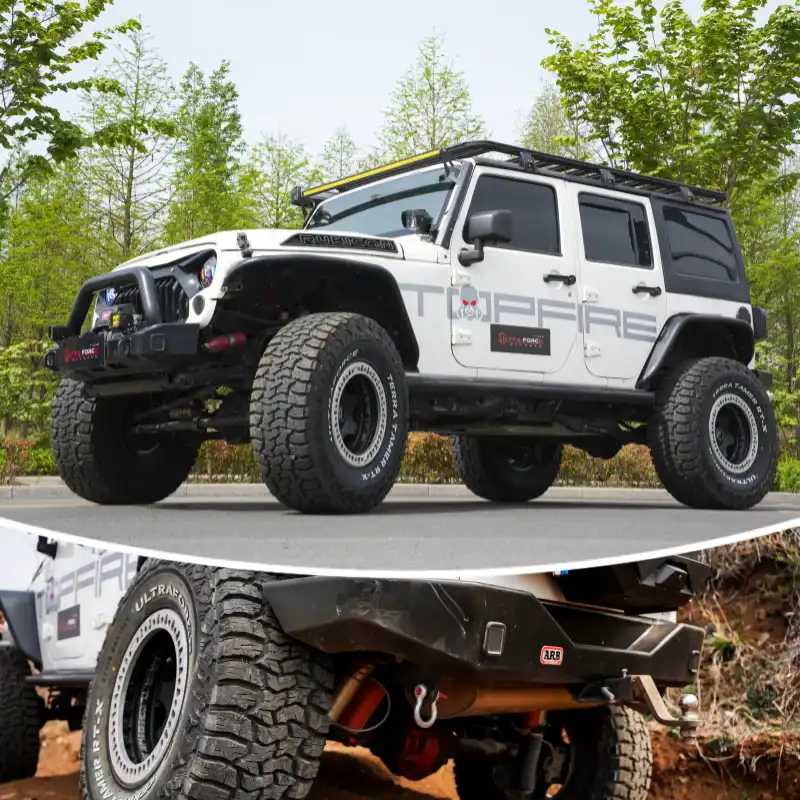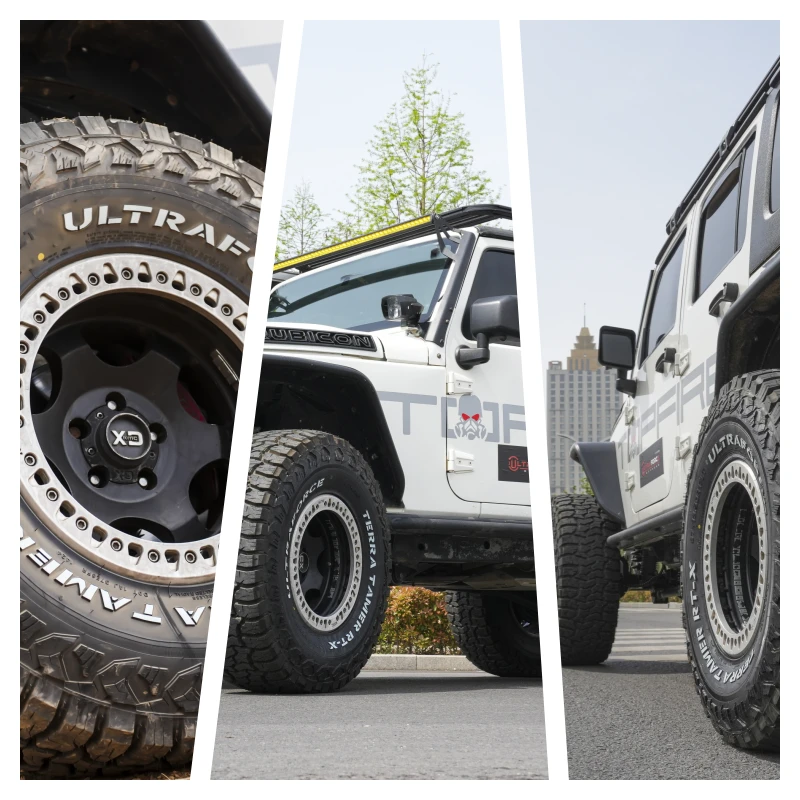What Type of Tires Do I Need? A Comprehensive Guide to Choosing the Right Tires for Your Vehicle
When it comes to selecting the right tires for your vehicle, it can be a daunting task. Whether you’re a daily commuter, an off-road enthusiast, or someone who enjoys a weekend drive, choosing the proper tires is crucial for safety, performance, fuel efficiency, and overall driving experience. Tires are the only point of contact between your vehicle and the road, and understanding the nuances of tire types and specifications can make all the difference.
In this comprehensive guide, we’ll break down the different types of tires available, the factors to consider when selecting tires, and the importance of choosing the right one for your driving needs. We’ll also explore key tire features backed by specific research data, and offer practical insights to help you make an informed decision.
Understanding Tire Types
Tires are generally classified based on their construction, tread patterns, and intended use. The most common categories are passenger tires, performance tires, all-terrain tires, off-road tires, and seasonal tires (winter and summer). Understanding the different types will help you choose the tire that fits your vehicle and driving style best.
A. Passenger Tires
Passenger tires are the most common type found on everyday cars. They are designed to offer a balance between comfort, traction, and durability for city and highway driving. These tires come in various tread patterns, each designed to enhance specific aspects like wet traction, noise reduction, and tread wear.
Best for: Daily commuting, city driving, and highway cruising
Pros: Comfort, quiet ride, fuel efficiency
Cons: Limited off-road capabilities
B. Performance Tires
Performance tires are designed for vehicles that require higher handling and speed capabilities, such as sports cars and high-performance sedans. These tires offer superior traction and cornering ability at high speeds, making them ideal for drivers who prioritize performance over comfort.
Best for: Sports cars, performance vehicles
Pros: Enhanced handling, high-speed stability
Cons: Reduced comfort, shorter lifespan
C. All-Terrain Tires
All-terrain tires strike a balance between on-road comfort and off-road capability. They feature a more aggressive tread design, offering enhanced traction on a variety of surfaces, including dirt, mud, and gravel. All-terrain tires are ideal for SUVs and trucks that frequently transition between highway driving and off-road environments.
Best for: SUVs, light trucks, off-road adventures
Pros: Versatile, good off-road traction, durable
Cons: More road noise, reduced fuel efficiency
D. Off-Road Tires
Off-road tires are specifically designed for tackling rough, uneven terrain such as rocks, sand, and mud. These tires feature large, deep treads and reinforced sidewalls to handle extreme conditions. They are essential for vehicles used in off-road activities like rock crawling, overlanding, and trail driving.
Best for: Off-road vehicles, rock crawlers, overlanding
Pros: Extreme durability, off-road traction
Cons: Increased road noise, shorter lifespan on paved roads
E. Seasonal Tires (Winter & Summer)
Seasonal tires are designed to perform optimally in specific weather conditions. Winter tires are built to provide superior traction on ice and snow, while summer tires excel in dry and wet conditions with enhanced handling and performance.
Best for: Winter (snow, ice), summer (dry, wet roads)
Pros: Optimal performance in their respective conditions
Cons: Reduced performance in the opposite season
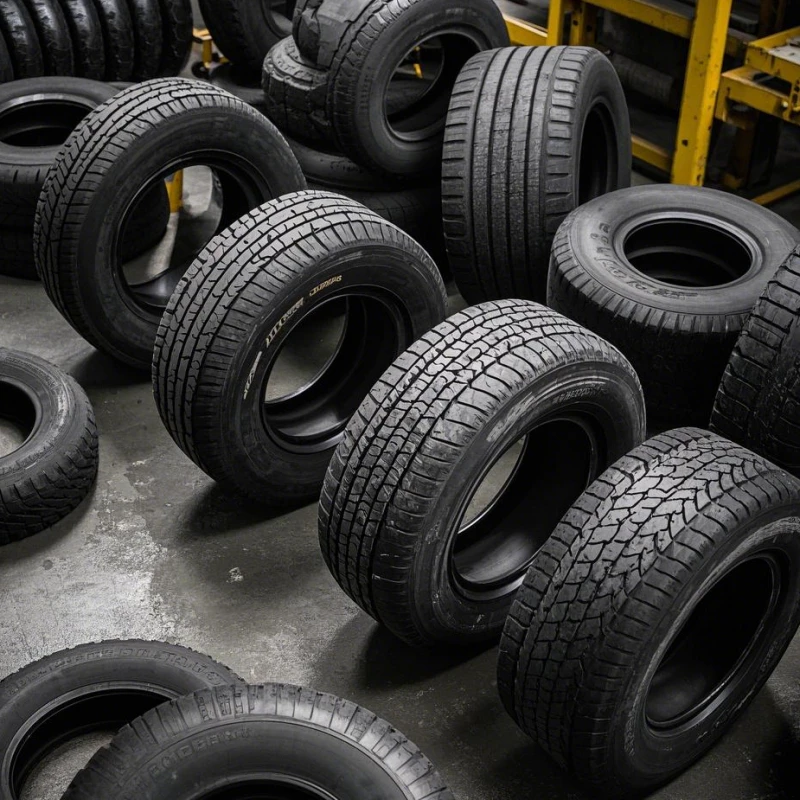
This picture shows different types of tires. As an important part of a vehicle, the type and performance of tires have a vital impact on the vehicle's driving safety, handling, comfort, fuel economy, etc. Different types of tires are suitable for different road conditions and vehicle use requirements. Car owners need to make comprehensive considerations based on their actual situation when choosing tires.
Key Factors to Consider When Choosing Tires
Selecting the right tires goes beyond simply picking a type. Several factors influence tire choice, such as driving habits, climate, and vehicle specifications. Below are the critical elements you need to evaluate when deciding which tire is best for you:
A. Tire Size and Fitment
Tire size is a critical factor in your vehicle's handling, safety, and performance. Each vehicle has a recommended tire size, which can be found in the owner’s manual or on the tire placard located on the driver’s side door frame. The most important elements of tire size include:
Tire width (e.g., 205 mm)
Aspect ratio (e.g., 55)
Rim diameter (e.g., 16 inches)
Load index and speed rating (e.g., 91H)
Example of Tire Size: 205/55R16 91H
205 - Tire width in millimeters
55 - Aspect ratio (height to width ratio as a percentage)
R16 - Radial construction, 16-inch rim diameter
91 - Load index (weight capacity)
H - Speed rating (up to 130 mph)
B. Driving Conditions and Environment
Your location and driving conditions play a significant role in tire selection. Here are some key considerations based on climate and geography:
| Climate Type | Best Tire Type | Features |
|---|---|---|
| Warm/Hot | Summer tires | Enhanced dry/wet performance, handling |
| Snowy/Icy | Winter tires | Superior traction on snow and ice |
| Wet/Rainy | All-season tires | Balanced performance in wet conditions |
| Mixed Terrain | All-terrain tires | Good traction on mixed surfaces |
C. Tire Performance and Features
Different tires offer unique performance benefits. Understanding the key performance features will help you make the best choice for your driving needs:
Wet traction: Look for tires designed with a special tread pattern for rain or wet roads.
Dry handling: Tires with a harder compound offer better handling and stability on dry roads.
Comfort and noise: Passenger tires typically offer a quieter, more comfortable ride, while performance and off-road tires might produce more noise.
Durability and tread wear: High-mileage tires last longer, while off-road tires tend to wear faster due to their aggressive tread.
D. Fuel Efficiency
Tire rolling resistance directly affects fuel consumption. Tires designed to reduce rolling resistance help increase fuel efficiency. This is especially important for commuters or those who frequently drive long distances.
How to Check Tire Quality and Specifications
When purchasing tires, it’s essential to assess their quality. A few things to check include:
UTQG Rating (Uniform Tire Quality Grading): This provides information about the treadwear, traction, and temperature resistance of the tire.
Treadwear Indicators: These show the depth of the tread and when the tire needs to be replaced.
Brand Reputation: Established brands like Michelin, Goodyear, and Bridgestone are known for their tire quality and performance.
Tire Lifespan and Maintenance
A tire’s lifespan depends on the type of tire, how often you drive, and how well you maintain your tires. On average, tires last between 25,000 to 50,000 miles, but regular maintenance can extend their lifespan.
Key Tire Maintenance Tips:
Regularly check tire pressure (under or over-inflation can reduce tire life).
Rotate tires every 6,000-8,000 miles.
Balance and align wheels to prevent uneven wear.
Inspect tires for cuts, punctures, and signs of damage.
Tire Costs vs. Benefits
While tires may seem like a significant investment, the cost should be viewed in the context of long-term benefits such as safety, fuel economy, and comfort. The right tire for your vehicle can reduce fuel costs, improve handling, and enhance your driving experience.
| Tire Type | Average Price Range (Per Tire) | Average Lifespan | Ideal Use |
|---|---|---|---|
| Passenger Tires | $50 - $200 | 40,000 - 80,000 miles | Commuting, highway driving |
| Performance Tires | $100 - $300 | 20,000 - 40,000 miles | High-speed driving, sports cars |
| All-Terrain Tires | $120 - $250 | 30,000 - 60,000 miles | Off-roading, SUV and truck owners |
| Off-Road Tires | $150 - $350 | 20,000 - 50,000 miles | Rock crawling, extreme off-roading |
| Winter Tires | $80 - $250 | 20,000 - 40,000 miles | Snow and ice driving |
Conclusion
Choosing the right tire is crucial for maximizing your vehicle's performance, safety, and fuel efficiency. By evaluating your driving needs, climate, and vehicle specifications, you can select the most suitable tire type. Remember, your tires are an investment in your vehicle’s overall performance, and with the right selection, you’ll experience improved handling, comfort, and safety.
At UltraForce Tires, we specialize in off-road and passenger tires that excel in performance, durability, and traction. With decades of experience in tire design and manufacturing, we offer a wide range of custom solutions, including tread and sidewall designs, size options, and tailored performance to match various terrains and weather conditions. Whether you're navigating rocky trails or cruising on highways, UltraForce Tires is committed to delivering an outstanding driving experience for every enthusiast.
Explore our diverse tire offerings today and take your driving experience to the next level!

